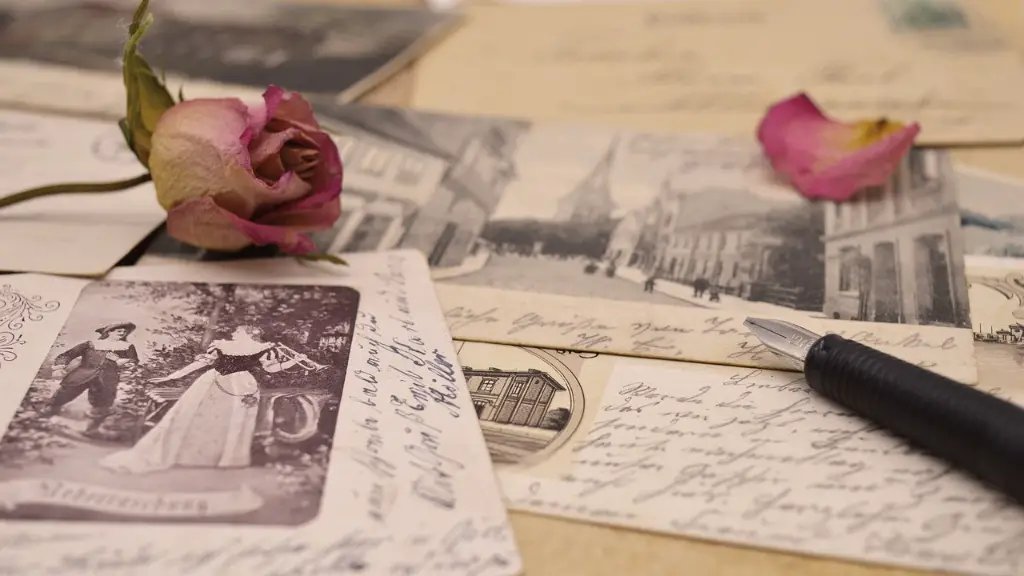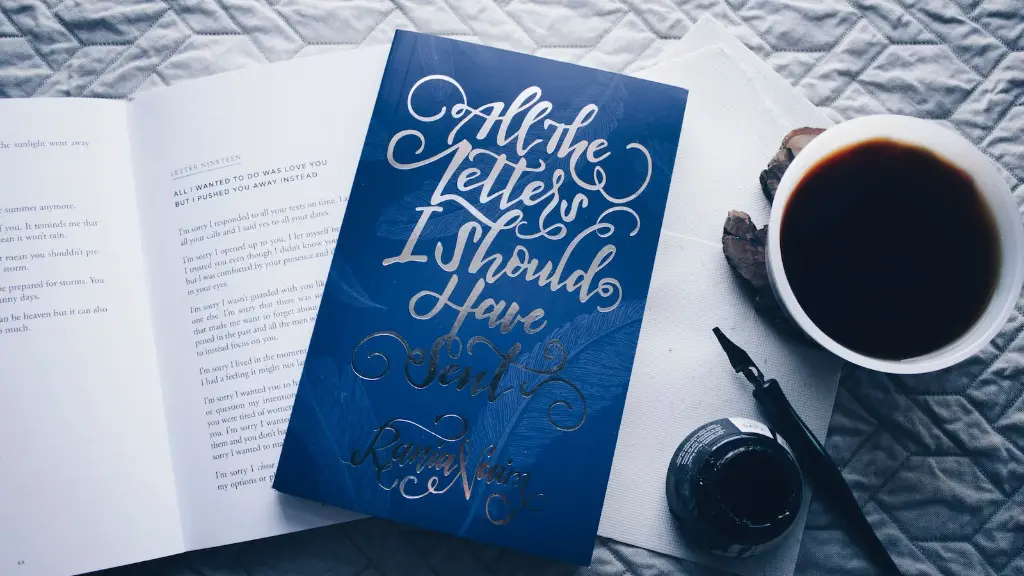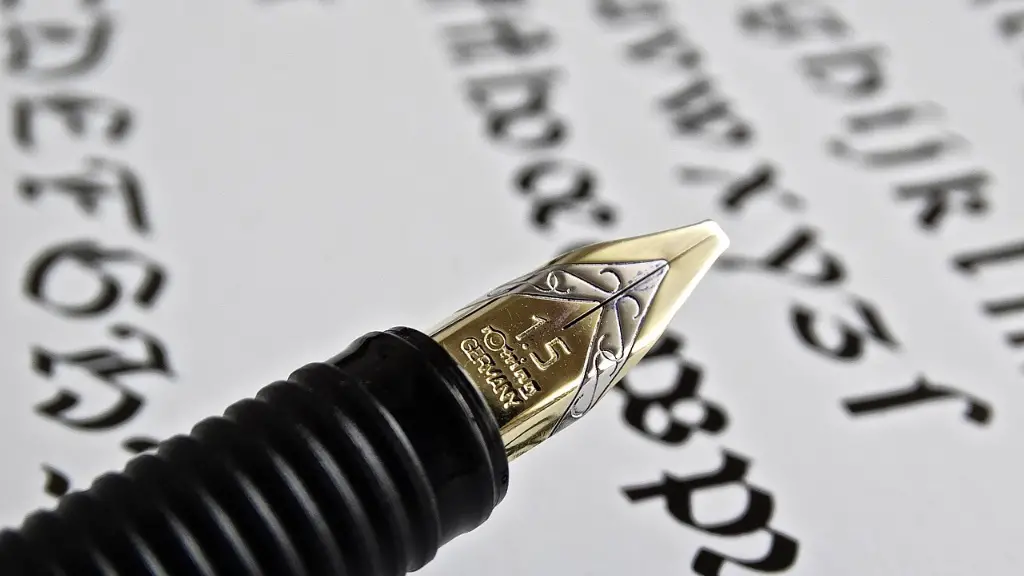Contrast in Poetry
Poetry is an art form that emphasizes the power of the written word. It typically employs various techniques to create vivid imagery, such as emphasizing word choice, imagery and figurative language. One of the most important tools of poetry is contrast. Contrast is a way of providing visual or aural imagery to make a point. It can be used to create a dramatic tone in the work, or to make a statement about the overall theme.
Contrast is often used in poetry to create a feeling of tension between two elements. For example, a poet might use a juxtaposition of words to make an ironic statement or to highlight an important idea. The poet might also use a combination of two contrasting images to create a vivid picture in the reader’s mind. Contrast can also be used to emphasize a particular theme in the poem, as well as to emphasize emotion.
Visual and Aural Contrasts
Visual and aural contrasts are among the most commonly used types of contrast in poetry. Visual contrasts are used to create a sense of depth, texture and movement in a poem. They can be used to create an atmosphere of drama or of stillness. Examples of visual contrasts include light and dark, tall and short, fast and slow, straight and curved lines, and so on.
Aural contrasts are used to create sound patterns in a poem. This can be done through the use of consonance and assonance, as well as through the use of rhyme, meter and alliteration. For example, a poet might use consonance or alliteration to create a sense of rhythm, or to emphasize a certain phrase or line. Aural contrasts can also be used to create a subtle feeling of tension, as the sound of certain words and phrases clash with each other.
Contrast to Illuminate a Theme
Contrast can also be used to illuminate a theme or message in a poem. For example, a poet might use a combination of contrasting images – such as night and day, or light and darkness – to illustrate a struggle between two forces or two sides of a situation. Contrast can be used to make a statement about life, or to create a dynamic, thought-provoking atmosphere in the poem.
Contrast to Emphasize Emotions
Contrast can also be used to emphasize emotions in a poem. For example, a poet might use a combination of words or images to emphasize an emotion, such as joy or sadness. Contrast can also be used to create an atmosphere of despair or of hope. Contrast can also be used to create a sense of conflict in a poem, by emphasizing two opposing forces or ideas.
Contrast to Create Irony
Contrast can also be used to create irony in a poem. For example, a poet might use a combination of words or images to create a situation or outcome that is unexpected or incongruous. This can help to emphasize an overall theme or message in the poem, as well as adding an element of drama.
Contrast to Create Tension
Contrast can also be used to create a sense of tension in a poem. For example, a poet might use a combination of words or images to create a situation or outcome that is dense with uncertainty or fraught with danger. This can help to emphasize an overall theme or message in the poem, as well as adding an element of suspense.
Contrast to Create Imagery
Contrast can also be used to create vivid imagery in a poem. For example, a poet might use a combination of words or images to create a mood or scene that evokes a strong emotional response from the reader. This can help to emphasize an overall theme or message in the poem, as well as adding a sense of mystery.
Contrast to Create and Reinforce Meaning
Ultimately, contrast can be used to create and reinforce meaning in a poem. It can be used to emphasize important ideas or themes, to create an atmosphere of drama or tension, to create vivid imagery, or to create irony. No matter how it is used, contrast is an important tool in the poet’s arsenal and can be used in a variety of ways to create powerful, meaningful poetry.


